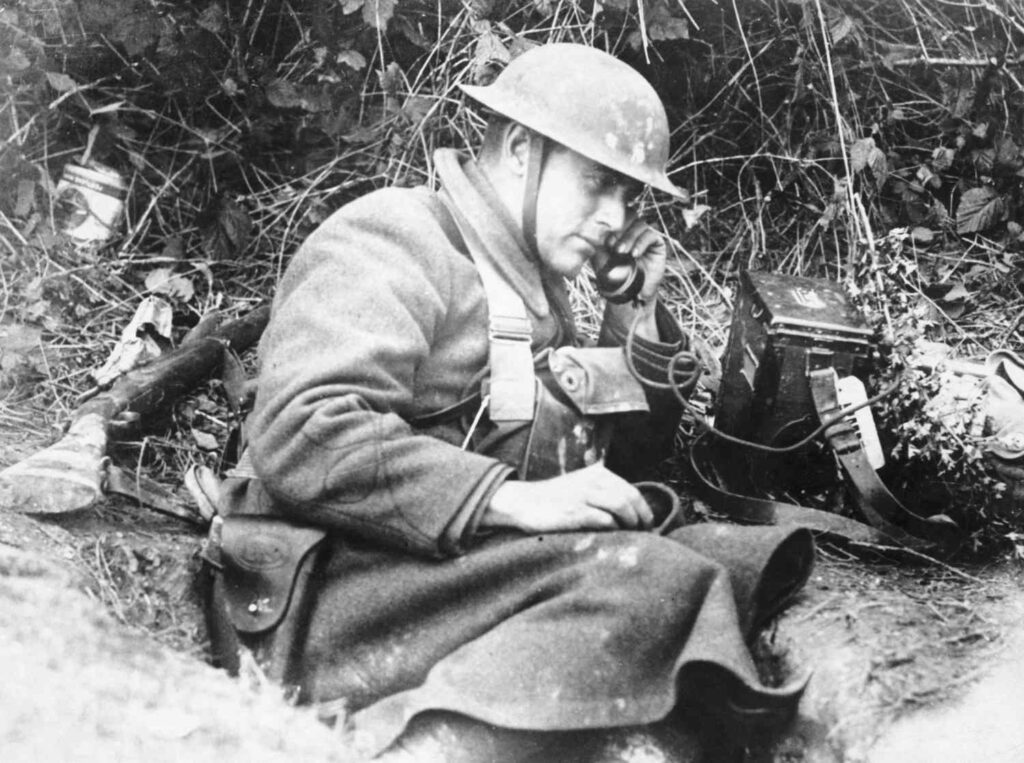The Soldier’s Canvas: Depictions of War in Art throughout History
War has been a recurring theme in art across cultures and time periods, with artists capturing the brutality, heroism, and tragedy of armed conflict. From ancient warriors and battles depicted in Greek pottery and Roman friezes to the Renaissance birth of military portraiture by artists like Leonardo da Vinci, war has inspired a wide range of artistic expression. The Romantic era highlighted a renewed interest in patriotism, while modern wars have continued to influence contemporary artists in their exploration of the complexities of conflict. Through the soldier’s canvas, art serves as a powerful tool of remembrance and reflection on the impact of war on humanity.
The Soldier’s Canvas: Depictions of War in Art throughout History
Throughout history, war has been a constant presence in human civilization. As a result, artists have often felt compelled to capture the brutality, heroism, and tragedy of armed conflict through their work. From ancient cave paintings to modern multimedia installations, war has been a recurring theme in art across cultures and time periods.
Ancient Warriors and Battles
In ancient civilizations, such as Ancient Greece and Rome, depictions of warriors and battles were common in art. From the friezes on the Parthenon to the columns of Trajan’s Column, these artworks celebrated military victories and commemorated fallen soldiers. The Greek pottery, for example, often featured scenes of warriors in battle, showcasing their bravery and skill in combat.
The Renaissance and the Birth of Military Portraiture
During the Renaissance, artists such as Leonardo da Vinci and Michelangelo began to explore new techniques and perspectives in their depictions of war. The development of oil painting allowed for more realistic and emotive portrayals of soldiers and battles. Military portraiture became popular among the wealthy elite, who commissioned paintings of themselves in the guise of heroic generals and conquerors.
The Romantic Era and the Rise of Patriotism
In the 19th century, the Romantic era gave rise to a renewed interest in nationalism and patriotism. Artists such as Eugène Delacroix and Francisco Goya used their work to criticize the horrors of war, while others celebrated the glory and sacrifice of soldiers. The painting “Liberty Leading the People” by Delacroix, for example, depicts the French Revolution as a heroic struggle for freedom and justice.
Modern Wars and Contemporary Art
In the 20th and 21st centuries, artists have continued to grapple with the complexities of war in their work. The horrors of World War I inspired artists like Otto Dix and George Grosz to create powerful anti-war images that depicted the suffering and destruction caused by conflict. In more recent times, artists such as Banksy and Ai Weiwei have used their art to protest against war, government corruption, and human rights abuses.
The Soldier’s Canvas: A Legacy of Remembrance
Throughout history, art has provided a powerful lens through which to view the experience of war. From ancient cave paintings to contemporary multimedia installations, artists have sought to capture the heroism, sacrifice, and suffering of soldiers on the battlefield. The soldier’s canvas serves as a testament to the enduring impact of war on the human psyche and as a reminder of the importance of remembrance and reflection on the past.
